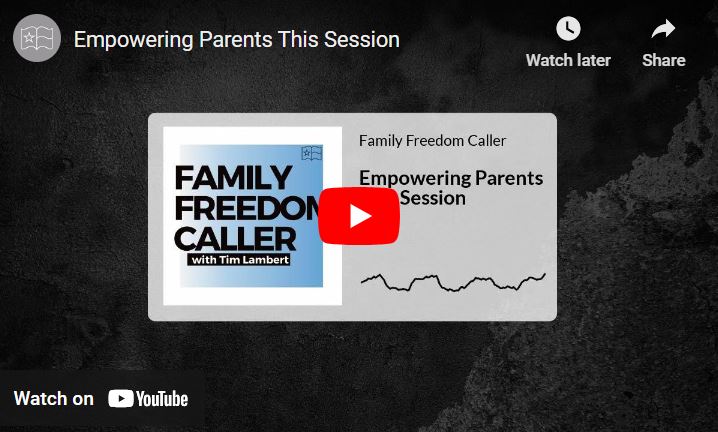As a corporate manager in Japan, I use science, technology, engineering, and math, known as STEM, every day. STEM skills are increasing in importance at an exponential rate. Here are three major STEM trends that are transforming industry and can help parents prepare their children for future careers in STEM professions.
STEM Trend One
Science, Technology, Engineering, and Math are all vital, but technology and math are crucial. Now that digital data is effortlessly collected on small devices for everything from your breathing rate to the temperature in your home, companies are awash in data. The demand for college graduates with coding skills to format the data and mathematical and statistical skills to analyze it already exceeds the supply. During the next 10 years, this trend will intensify. Furthermore, even employees who are not hired as specialists in the area of data science will be expected to be proficient in MS Word applications, facile with internet tools, and capable of coding.
How to Develop these Skills
Elementary
- Teach children Microsoft Office (Word, Excel, PowerPoint).
- Have them do Google searches on topics of interest.
- Use math lessons to expand their skills.
Middle School
- Try online programs that teach coding.
- Teach students enough HTML to create a simple web page.
Senior High School
- Learn to type without looking at the keys (called touch typing).
- Learn the basics of Python or Java Script.
- Learn statistics.
Free online resources: KhanAcademy.org, Codecademy.com, Code.org
STEM Trend Two
Some educators prefer the acronym STEAM to STEM adding arts to the mix. Pictures and diagrams are often used in STEM techniques like design thinking. Language arts are used to explain ideas. Students should receive ample expository writing and presentation practice. These communication skills are essential in sharing ideas with colleagues and explaining projects to customers. I often receive requests not only to deliver presentations, but also to train others to do so.
How to Develop these Skills
Elementary
- Have students “show and tell” explanations of their favorite game or toy works.
- Teach children to write expository paragraphs (LearnAmericanEnglishOnline.com).
Middle School
- Have students explain an article on science or technology.
- Have students write an expository essay on a science topic.
Senior High School
- Have children deliver a PowerPoint presentation or Prezi presentation on a research project or a career of interest.
- Ask your child to explain a recent TED talk they have watched. Ask them questions about it.
Online Resources: WikiHow.com/Write-an-Expository-Essay, Prezi.com, TED.com
STEM Trend Three
As Americans we are in the enviable position of not having to learn a foreign language because English is the current lingua franca of business and technology. Although many STEM professionals worldwide speak English, there is a large cultural component to effective communication. Given that many STEM projects cross borders, learning intercultural communication skills is excellent preparation for a STEM career.
How to Develop these Skills
Elementary
- Encourage your children to develop an international pen-pal via email.
Middle and High School
- Encourage children to use Skype or Google Hangouts to exchange ideas with students in other countries or collaborate on a project with them.
Parental monitoring of these correspondences is recommended.
If your students show an interest or proclivity to STEM, it is a good idea to review your instruction in light of these trends in STEM professions.
As a corporate manager in Japan, I use science, technology, engineering, and math, known as STEM, every day. STEM skills are increasing in importance at an exponential rate. Here are three major STEM trends that are transforming industry and can help parents prepare their children for future careers in STEM professions.
STEM Trend One
Science, Technology, Engineering, and Math are all vital, but technology and math are crucial. Now that digital data is effortlessly collected on small devices for everything from your breathing rate to the temperature in your home, companies are awash in data. The demand for college graduates with coding skills to format the data and mathematical and statistical skills to analyze it already exceeds the supply. During the next 10 years, this trend will intensify. Furthermore, even employees who are not hired as specialists in the area of data science will be expected to be proficient in MS Word applications, facile with internet tools, and capable of coding.
How to Develop these Skills
Elementary
- Teach children Microsoft Office (Word, Excel, PowerPoint).
- Have them do Google searches on topics of interest.
- Use math lessons to expand their skills.
Middle School
- Try online programs that teach coding.
- Teach students enough HTML to create a simple web page.
Senior High School
- Learn to type without looking at the keys (called touch typing).
- Learn the basics of Python or Java Script.
- Learn statistics.
Free online resources: KhanAcademy.org, Codecademy.com, Code.org
STEM Trend Two
Some educators prefer the acronym STEAM to STEM adding arts to the mix. Pictures and diagrams are often used in STEM techniques like design thinking. Language arts are used to explain ideas. Students should receive ample expository writing and presentation practice. These communication skills are essential in sharing ideas with colleagues and explaining projects to customers. I often receive requests not only to deliver presentations, but also to train others to do so.
How to Develop these Skills
Elementary
- Have students “show and tell” explanations of their favorite game or toy works.
- Teach children to write expository paragraphs (LearnAmericanEnglishOnline.com).
Middle School
- Have students explain an article on science or technology.
- Have students write an expository essay on a science topic.
Senior High School
- Have children deliver a PowerPoint presentation or Prezi presentation on a research project or a career of interest.
- Ask your child to explain a recent TED talk they have watched. Ask them questions about it.
Online Resources: WikiHow.com/Write-an-Expository-Essay, Prezi.com, TED.com
STEM Trend Three
As Americans we are in the enviable position of not having to learn a foreign language because English is the current lingua franca of business and technology. Although many STEM professionals worldwide speak English, there is a large cultural component to effective communication. Given that many STEM projects cross borders, learning intercultural communication skills is excellent preparation for a STEM career.
How to Develop these Skills
Elementary
- Encourage your children to develop an international pen-pal via email.
Middle and High School
- Encourage children to use Skype or Google Hangouts to exchange ideas with students in other countries or collaborate on a project with them.
Parental monitoring of these correspondences is recommended.
If your students show an interest or proclivity to STEM, it is a good idea to review your instruction in light of these trends in STEM professions.











